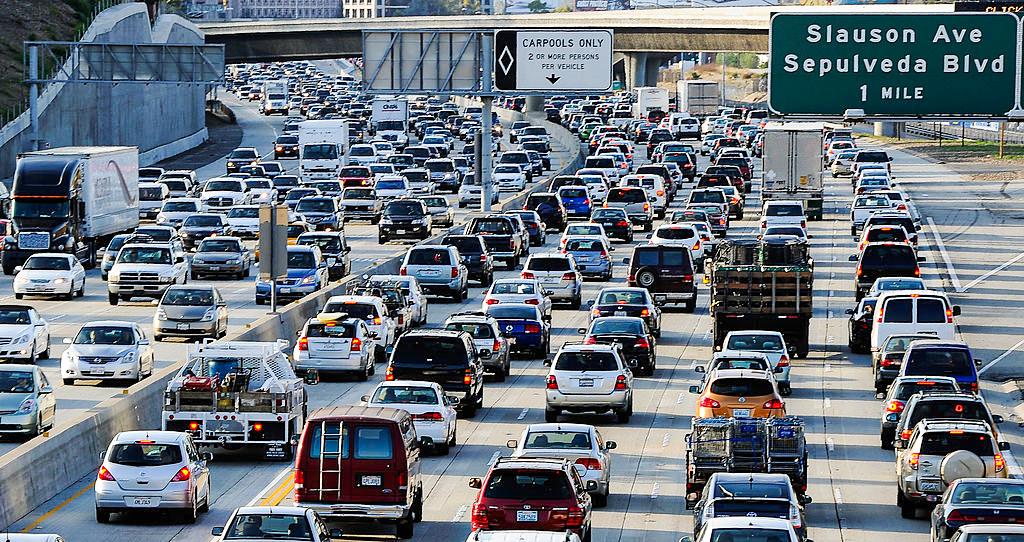People driving vehicles in some of the freeways in Los Angeles may soon be required to pay extra charges according to a policy said to focus on resolving existing traffic congestion.
By summer, the Los Angeles County Metropolitan Transportation Authority is expected to release a blueprint for its congestion pricing scheme where people pay to drive their vehicles in city centers, said a May 30 report by Los Angeles Times. Congestion pricing will be implemented in certain high-frequency routes on freeways.





